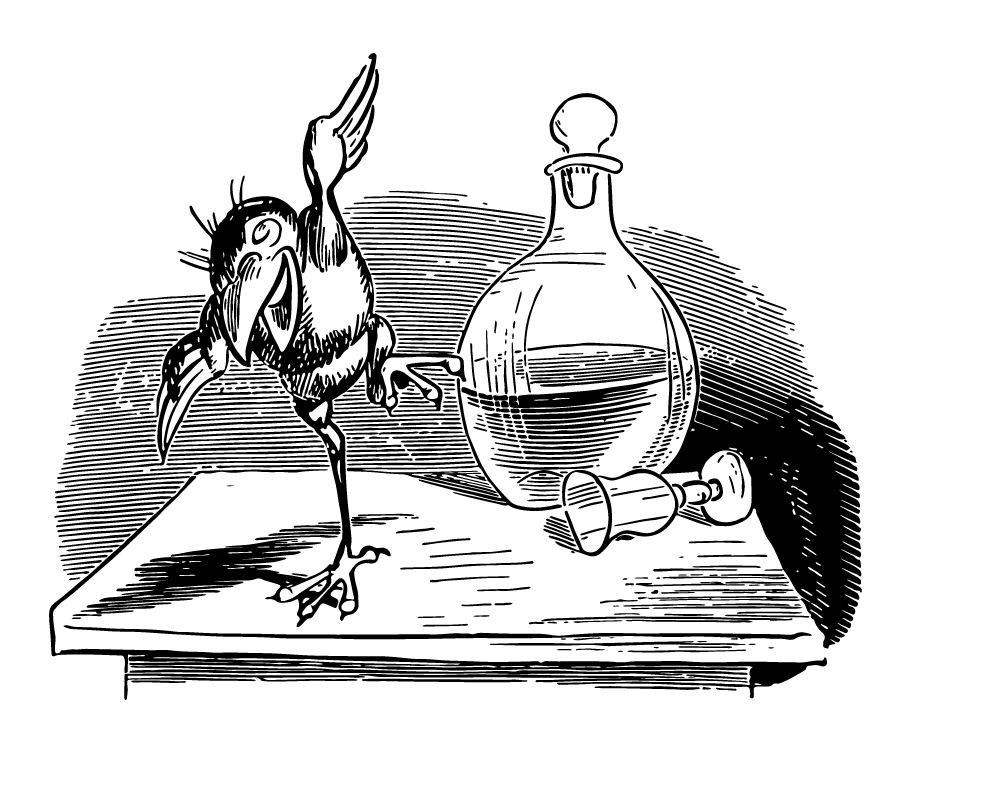I have been working on historical data for climb rates for the last several months. The discrepancy between aircraft types can be rather inaccurate within the rules, for example the Nieuport 16 with a climb rate of two is simply ridiculous. While it had a more powerful engine than the Nieuport 11, the increased power came at a cost - a much heaver engine, and hence performance was only slightly improved. I decided to find and utilize as much historical data that I could, which in itself can be faulty based on who was doing the reporting. The result (and still a work in progress) is the file you can find on the right. (entries in black have at least three data points, goldenrod has two data points, and red just one data point)
While I was researching at climb rates, something else didn't feel quite right when using just four pegs to represent altitude. While I would prefer to use the advanced altitude ratings, the physical limitations of using so many pegs prevents that from happening - can you imagine the carnage caused by the ham-fisted gamer who keeps knocking over planes that have ten or more pegs stacked up? So I have taken a modified approach that lies between the basic four pegs and the advanced ratings, capping the maximum number of pegs at seven and a minimum at two, which provides a better historical feel and at seven pegs the chances of bumping a plane is reduced. Using just four pegs in the basic rules gives all planes the same height advantage, and no one can tell me a B.E.2c had the same ceiling as a Siemens-Schuckert D.IV. Even moving to seven pegs still means that one peg represents a huge amount of vertical space, and so I have also modified firing a bit as well (see below).
I also feel that the over dive process within the rules is overkill, and the modified diving rules below addresses the HUGE amount of space lost in an over dive. It also allows, for those aircraft I have rated as having only two or three pegs of altitude, a chance to perform an over dive when attempting to put out a fire without crashing into the ground.
Rules Changes
Diving
When the dive card is played, remove one peg and place climb counters at half the climb rate rounded up. If there are already climb counters in place, when the dive card is played remove all climb counters but do not remove a peg. This allows a dive to be made within a reasonable amount of vertical space.
Example: A B.E.2c with a climb rate of 8 is flying at three pegs (maximum altitude for the B.E.2c). A dive card is played. As the B.E.2c currently has no climb counters, one peg is removed and four climb counters are issued. If the B.E.2c was at two pegs, but with any amount of climb counters in place, when the dive card is played all counters are removed, but not a peg.
Over dives are stall, dive (remove one peg and place climb counters at half the climb rate rounded up), straight (remove remaining climb counters). If climb counters are present at the beginning of the over dive, then stall, dive (removing all climb counters), and straight (remove one peg and place climb counters at half the climb rate rounded up). The end result of an over dive is only one peg is removed, not two.
Firing
As the altitude bands within the rules are too generous from a vertical height perspective, firing may only occur under the following conditions (assuming that the target is within the firing arc):
Firing Aircraft Has Then Target Must Be
No climb counters at same peg height with no or some climb counters, or one peg below with climb counters (+1 for firing from a higher altitude)
Climb counters one peg above with no climb counters (+1 for firing from a higher altitude), same peg height with or without climb counters
I have used these modifications once thus far at a group event, and once the players mastered the changes, seemed to enjoy the fact that planes were now lasting longer because of the restrictions in firing at different altitudes and were able to climb back to altitude a tad faster.











































